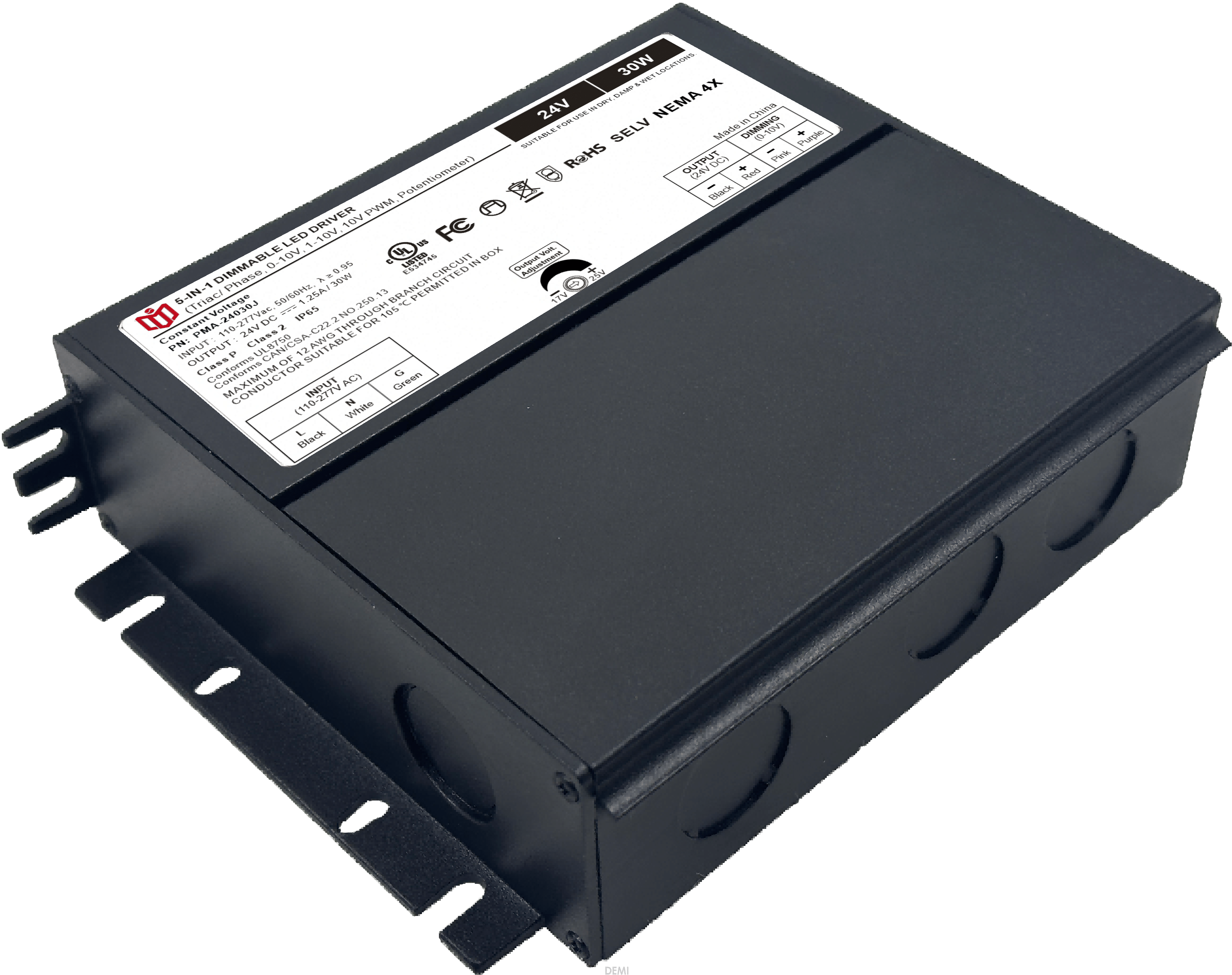The Overlooked Tech Giant: 0-10V's Strategic Role in Renewable Energy

Decoding the Silent Workhorse of Clean Energy Systems
Few technologies wield as much influence over renewable adoption as the humble 0-10V analog control protocol. This low-voltage signaling standard acts as the nervous system connecting solar inverters, wind turbines, and battery banks with centralized management platforms. Unlike high-profile innovations like lithium batteries or AI algorithms, its behind-the-scenes coordination ensures seamless energy transitions across hybrid systems.
Precision Voltage Control for Grid Stability
At its core, 0-10V enables microsecond-level adjustments to power output by translating digital commands into proportional electrical signals. When integrated with maximum power point tracking (MPPT) controllers, it maintains optimal operating conditions for photovoltaic arrays even during fluctuating irradiance levels. Wind farm operators rely on this precision to prevent turbine stall during sudden gust changes, preserving equipment longevity while maximizing harvest efficiency.
Bridging DC/AC Ecosystems Through Intelligent Dimming
Modern converter stations use tiered 0-10V references to orchestrate bidirectional energy flow between storage units and consumption points. For instance, when rooftop solar generation exceeds immediate demand, excess current automatically charges connected batteries via dynamically scaled voltage thresholds. This intelligent throttling eliminates curtailment losses—a silent killer of renewable project economics—by maintaining safe injection limits into public grids.
Enabling Predictive Maintenance via Real-Time Analytics
Advanced sensor networks now feed performance data back through 0-10V channels, creating closed-loop diagnostic systems. Vibration patterns from wind turbine bearings or thermal stress indicators in solar panels generate corrective actions before failures occur. Such proactive health monitoring extends asset lifespans by 25% while reducing unplanned downtime costs across utility-scale installations.
Standardization Advantages Across Global Markets
The universality of 0-10V protocols accelerates cross-border deployment compared to proprietary alternatives. From desert concentrator plants in Morocco to offshore platforms in Taiwan, engineers encounter consistent interoperability standards. This compatibility lowers barriers for emerging economies adopting decentralized energy solutions, democratizing access to clean technology without reinventing infrastructure frameworks.
Future-Proofing Through Hybrid System Compatibility
As hydrogen electrolysis emerges alongside traditional renewables, adaptive 0-10V controllers already demonstrate multi-vector management capabilities. Trial projects show successful coordination between tidal generators, green hydrogen producers, and nuclear baseload plants using unified voltage references. Such versatility positions the protocol as essential infrastructure for achieving net-zero targets through diversified energy mixes.
Economic Multipliers in Virtual Power Plants
Virtual Power Plant (VPP) operators leverage aggregated 0-10V responses to bid competitively in wholesale markets. By synchronizing thousands of distributed resources—residential batteries, commercial HVAC systems, industrial loads—into cohesive response portfolios, they create dispatchable capacity rivaling conventional plants. Germany’s Energiewende initiative reports 37% faster VPP scaling where standardized controls prevail.
Cybersecurity Implications for Mission-Critical Infrastructure
With great power comes great responsibility: hardened versions of 0-10V now incorporate encryption layers preventing malicious tampering. As critical infrastructure increasingly depends on these pathways, resilient design becomes non-negotiable. Next-generation implementations feature fail-safe default states that isolate compromised segments without disrupting entire microgrid operations.
Case Study: Danish Island Microgrid Success Story
Bornholm Island’s transformation into Europe’s first energy island relied heavily on layered 0-10V controls managing 40% wind penetration alongside pumped hydro storage. Their publicly available data shows how granular voltage adjustments maintained frequency within ±0.1Hz during storm events, setting benchmarks for grid flexibility worldwide.
Policy Drivers Accelerating Adoption Rates
Regulatory bodies increasingly mandate open standards like IEC 61850 alongside legacy 0-10V systems. California’s SB 100 requires all new buildings to support both protocols by 2027, recognizing their complementary roles in achieving building-to-grid synchronization. Such mandates signal market readiness for mass deployment beyond early adopter niches.
Emerging Use Cases in Electric Transportation
Fast-charging networks now utilize modified 0-10V profiles to balance EV load demands against local renewable availability. Netherlands pilot programs demonstrate 68% reduction in peak draw by staggering charging sessions according to real-time solar forecasts transmitted via existing cabling infrastructure.
Industry Convergence Points on Horizon
Major players including Siemens Energy and Schneider Electric recently announced joint ventures developing next-gen solid-state relays optimized for 0-10V environments. These collaborations indicate growing recognition that analog control channels remain vital bridges between legacy investments and digital transformation roadmaps.
Longevity Through Evolutionary Design Philosophy
Rather than becoming obsolete, 0-10V continues evolving through backward compatibility enhancements. Fieldbus extensions now carry diagnostic meta-data alongside primary signals, enabling predictive maintenance without replacing existing wiring harnesses. This evolutionary approach ensures decades of service life even amid rapid technological change cycles.
 In heritage architecture prote
In heritage architecture prote
 When small-batch customization
When small-batch customization
 Have the electromagnetic emiss
Have the electromagnetic emiss
 When Triac dimmable power supp
When Triac dimmable power supp
